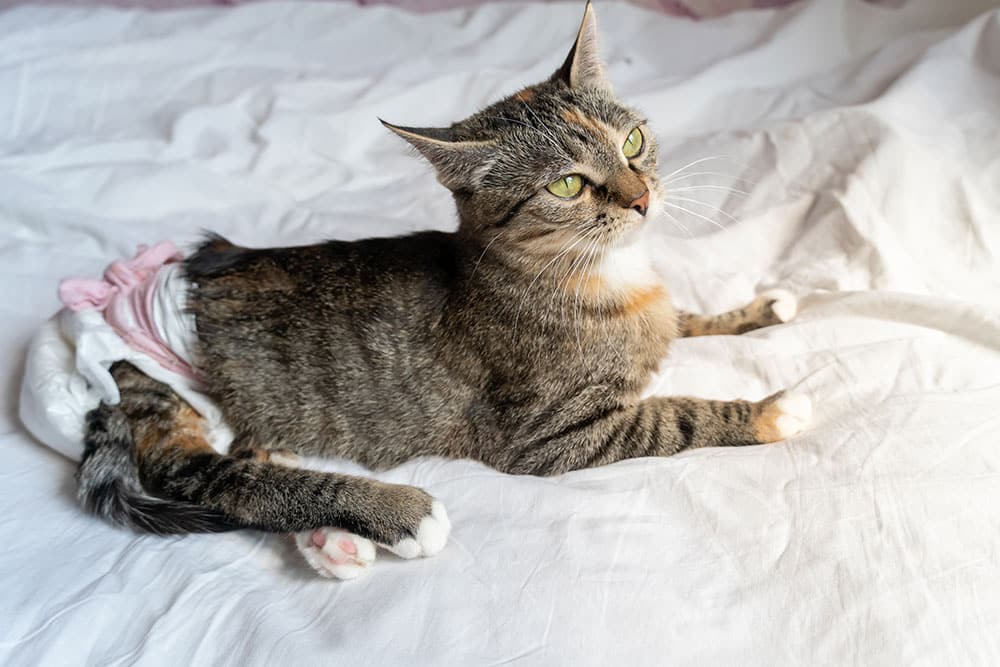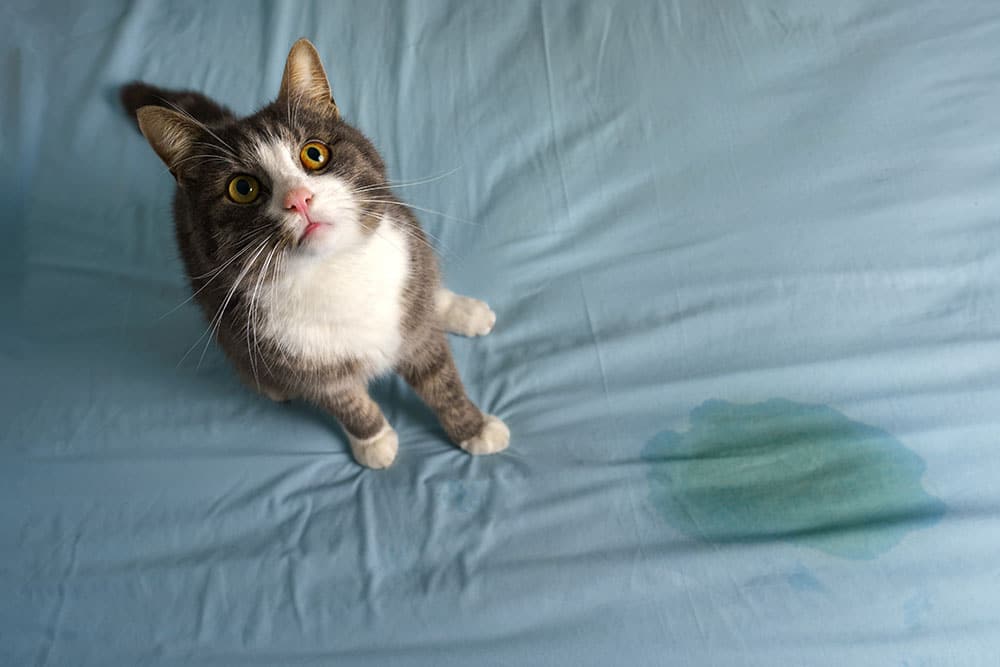Urinary Obstructions in Male Cats: Causes, Symptoms, Treatment, and Prevention
A urinary obstruction is a life-threatening emergency that occurs when a cat’s urethra—the tube that carries urine from the bladder to the outside of the body—becomes blocked. This prevents the cat from urinating, leading to severe pain, toxin buildup, kidney failure, and even death if left untreated.
Male cats are particularly prone to urinary obstructions due to their narrower and longer urethra, making them more susceptible to blockages caused by crystals, mucus plugs, or urinary stones.
Understanding why urinary blockages happen, the warning signs, treatment options, and how to prevent them can help cat owners take swift action in an emergency and reduce the risk of recurrence.
Why Are Male Cats at Risk for Urinary Blockages?
Urinary obstructions in male cats are typically caused by one or more underlying urinary tract disorders, including:
1. Feline Idiopathic Cystitis (FIC)
Feline Idiopathic Cystitis (FIC) is one of the most common causes of urinary obstructions in male cats. This painful bladder condition leads to inflammation, excessive mucus production, and blood in the urine. The resulting debris can clump together and block the urethra, especially in male cats with a naturally narrow urethral opening.
2. Urinary Crystals and Stones
Mineral crystals and urinary stones (also called uroliths) can develop in the bladder and become lodged in the urethra, leading to a blockage. The most common types of urinary stones in cats include:
- Struvite stones – Formed due to alkaline urine and high magnesium levels, often associated with diet and dehydration.
- Calcium oxalate stones – More common in older cats, often linked to high calcium diets and low water intake.
More details about how urinary stones form and their treatment options can be found in this guide from the American College of Veterinary Surgeons (ACVS).
3. Mucus Plugs
Some blockages in male cats are caused by a thick, mucus-like plug made of inflammatory cells, proteins, and crystals. These plugs often develop in cats with chronic bladder inflammation (FIC) or urinary tract infections.
4. Urethral Spasms and Strictures
After a cat experiences a urinary blockage, inflammation and urethral spasms can make it difficult for urine to flow properly, increasing the risk of repeat blockages. Scarring from past obstructions can also create narrowed areas (strictures) in the urethra, making future blockages more likely.
5. Diet and Hydration Issues
A cat’s diet can directly impact urinary health. Factors that contribute to urinary blockages include:
- Diets high in magnesium and phosphorus, which promote the formation of struvite crystals.
- Dehydration, leading to concentrated urine that allows crystals and debris to clump together.
- Dry kibble-only diets, which may not provide enough moisture to keep the urinary tract healthy.
Signs of a Urinary Obstruction in Cats
A urinary blockage is an urgent medical emergency that requires immediate veterinary attention. If your cat is showing any of these signs, contact a veterinarian right away:
Early Symptoms:
- Frequent trips to the litter box with little to no urine output
- Straining to urinate (may be mistaken for constipation)
- Crying out in pain while trying to urinate
- Excessive licking of the genital area
Progressing Symptoms:
- Discomfort or restlessness
- Bloated or firm abdomen (due to an overfilled bladder)
- Loss of appetite and vomiting
Critical Stage Symptoms:
- Lethargy or collapse
- Weakness and unresponsiveness
- Severe dehydration and toxin buildup in the bloodstream
As explained by International Cat Care, a cat with a complete urinary obstruction can die within 24-48 hours if left untreated.

How Is a Urinary Obstruction Diagnosed and Treated?
A veterinarian will diagnose a urinary obstruction based on physical examination, palpation of the bladder, and diagnostic imaging such as X-rays or ultrasound.
Emergency Treatment for Urinary Obstruction:
- Urinary Catheterization – A catheter is placed to relieve the blockage and allow urine to drain.
- Bladder Flushing – The bladder is thoroughly flushed to remove debris, crystals, and mucus plugs.
- IV Fluids and Electrolyte Therapy – Needed to restore kidney function and prevent organ damage.
- Pain Management and Medications – Anti-inflammatory drugs and muscle relaxants can help prevent urethral spasms.
If recurrent blockages occur, a perineal urethrostomy (PU) surgery may be recommended. This procedure widens the urethral opening to prevent future obstructions. Learn more about surgical treatment from the American College of Veterinary Surgeons (ACVS).
Preventing Urinary Obstructions in Cats
While not all urinary obstructions can be prevented, proactive management can significantly reduce the risk:
- Increase Water Intake: Provide multiple water bowls, pet fountains, or wet food to encourage hydration.
- Feed a Prescription Urinary Diet: Special diets can dissolve struvite crystals and help prevent stone formation.
- Reduce Stress and Anxiety: Stress is a known trigger for Feline Idiopathic Cystitis (FIC), which contributes to urinary obstructions. Providing environmental enrichment and low-stress litter box access can help.
- Routine Veterinary Checkups: Regular urine testing can help detect early urinary tract issues before they become serious. Learn more about urinary health and infections from Cornell University’s Riney Canine Health Center.
When to Seek Veterinary Care
If you suspect your cat has a urinary obstruction or is straining to urinate, seek emergency veterinary care immediately. Delaying treatment can lead to kidney damage, severe dehydration, and death.
For additional information on urinary health, visit Embrace Pet Insurance.
At Groves Veterinary Clinic, we specialize in urgent care and long-term urinary health management for cats. If your cat has a history of urinary issues, we can help create a customized prevention plan to reduce the risk of recurrence.
Contact us today to schedule an appointment: Groves Veterinary Clinic.
By recognizing early warning signs and taking preventive steps, you can protect your cat from the dangers of a urinary obstruction and ensure a healthier, happier life.







